Menu
Physics Lesson 6.1.2 - How to Determine the Centre of Mass in Objects?
Please provide a rating, it takes seconds and helps us to keep this resource free for all to use
Welcome to our Physics lesson on How to Determine the Centre of Mass in Objects?, this is the second lesson of our suite of physics lessons covering the topic of Centre of Mass. Types of Equilibrium, you can find links to the other lessons within this tutorial and access additional physics learning resources below this lesson.
How to Determine the Centre of Mass in Objects?
There are three basic methods to determine the centre of mass in objects. They depend on the shape and physical properties of the objects.
1. In regularly shaped and homogenous objects (i.e. in objects made from the same material), centre of mass is determined by geometrical methods. Thus, from geometry, it is known that there are seven types of regular objects. They are:
a Cube
Its centre of gravity is at the intersection point of diagonals as shown below:
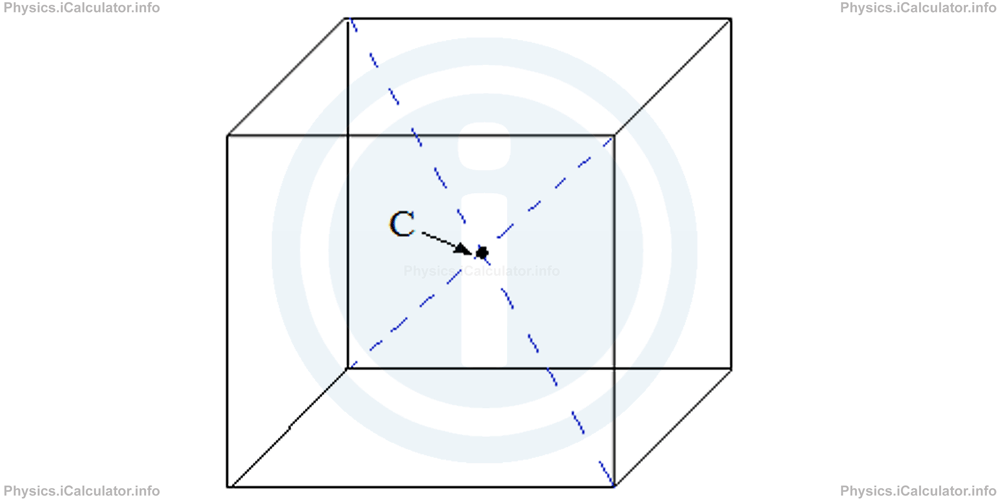
b. Cuboid
Its centre of gravity is determined by using the same method as for the cube.
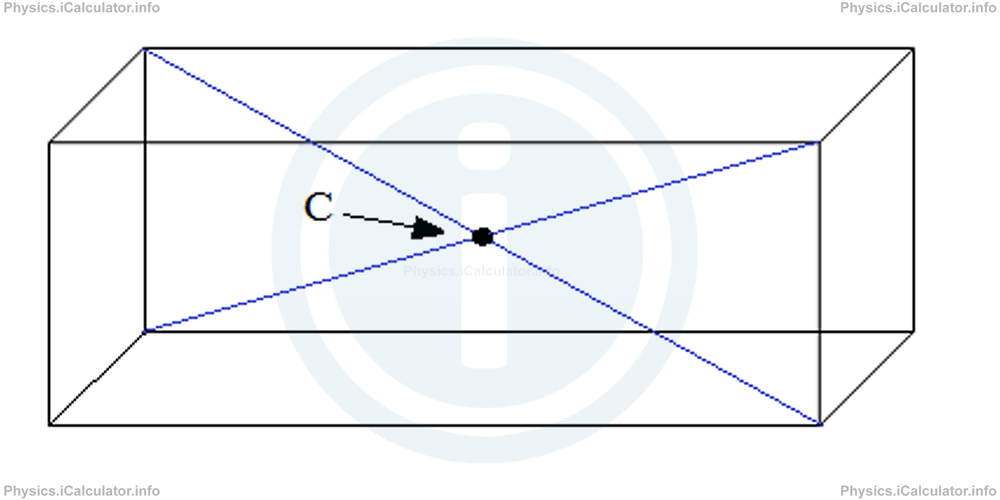
c. Prism
For illustration, let's take a regular triangular prism. Its centre of mass is at the midpoint of the segment passing through the median intercepts of the two bases.
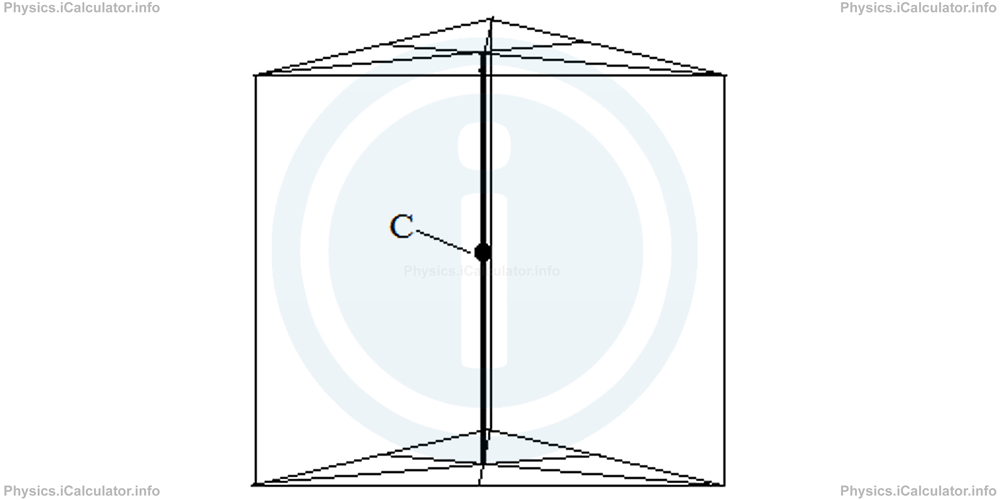
d. Pyramid
Its centre of mass is at the segment that connects the upper vertex and the base centre. This segment represents the height of pyramid. Thus, centre of mass is at 1/3 of height starting from the ground.
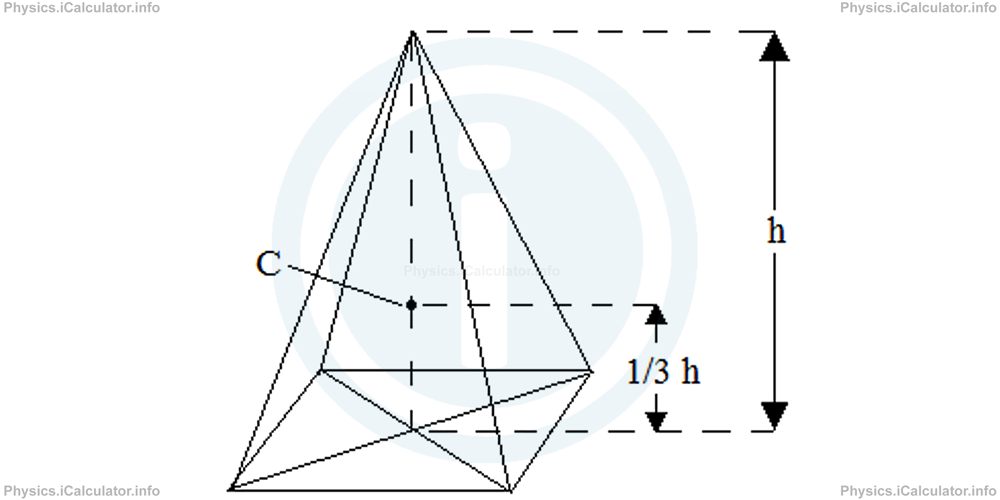
e. Cylinder
Again, like in prisms, centre of mass in a cylinder is the midpoint of the segment that connects the centres of the two bases.
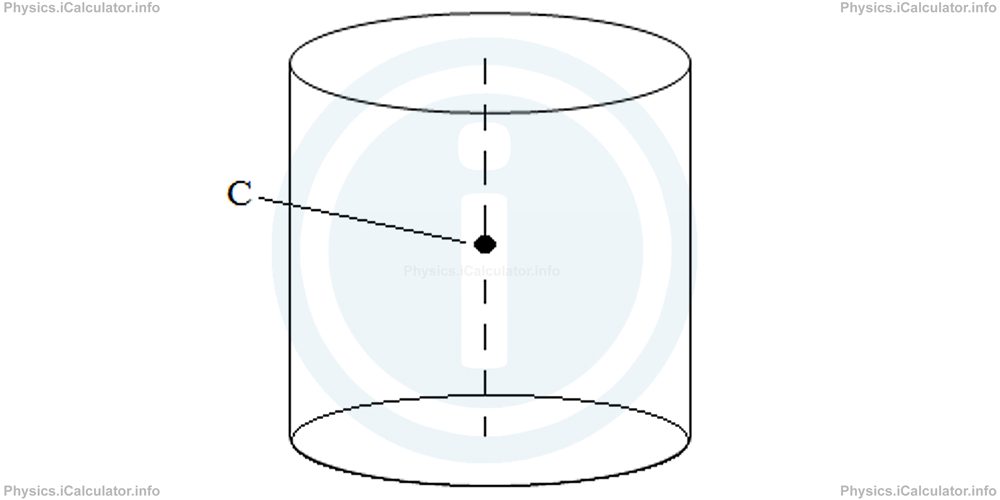
f. Cone
Its centre of mass is determined in a similar way as for pyramid, i.e. at 1/3 of the height starting from the ground.
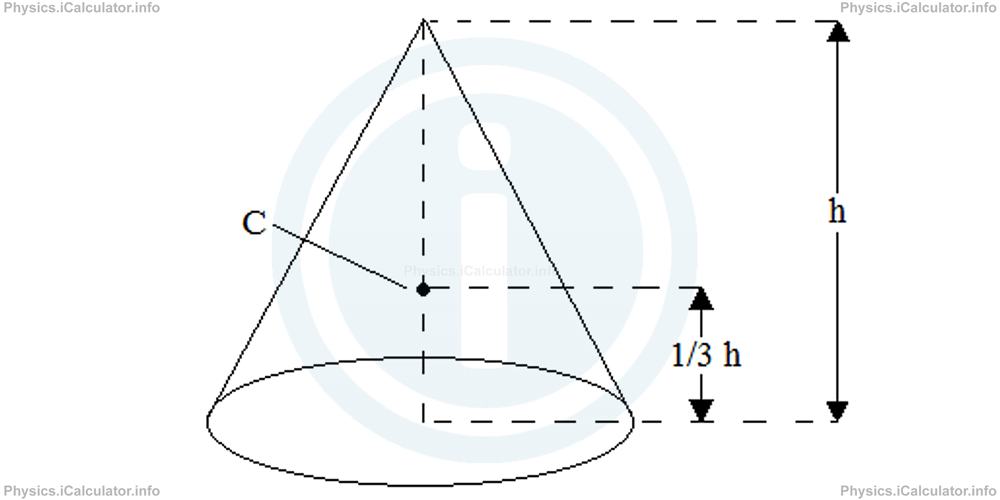
g. Sphere
The centre of gravity of a sphere is at its geometrical centre.
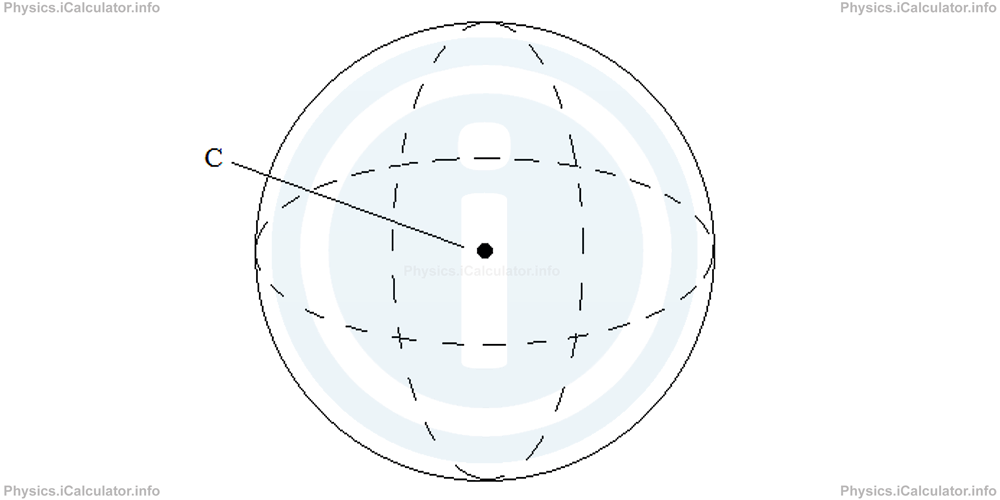
2. In the irregularly shaped objects, the centre of gravity is determined by hanging them at two different points and then finding the intercept of the two string extensions as discussed earlier.
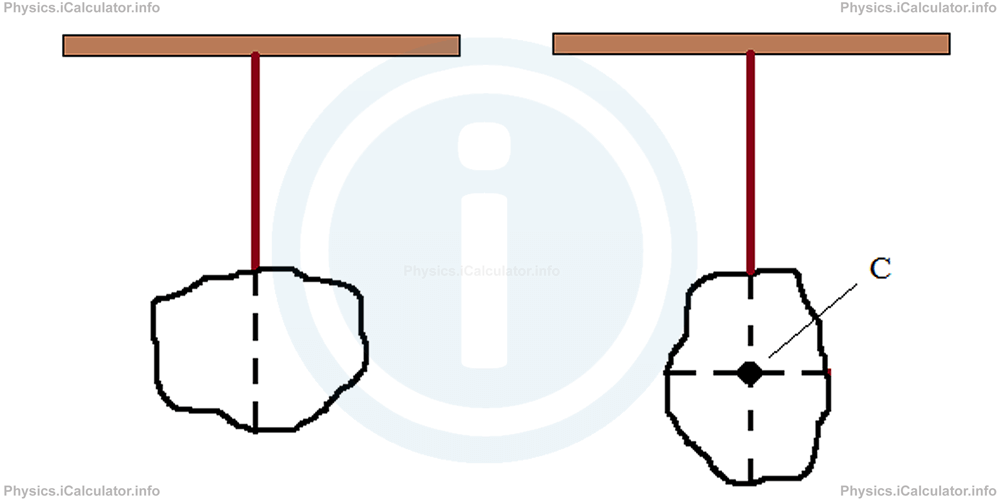
3. When the objects are not homogenous, mathematical methods are used to determine the centre of mass. We will discuss more extensively about these methods in the next tutorial.
You have reached the end of Physics lesson 6.1.2 How to Determine the Centre of Mass in Objects?. There are 6 lessons in this physics tutorial covering Centre of Mass. Types of Equilibrium, you can access all the lessons from this tutorial below.
More Centre of Mass. Types of Equilibrium Lessons and Learning Resources
Whats next?
Enjoy the "How to Determine the Centre of Mass in Objects?" physics lesson? People who liked the "Centre of Mass. Types of Equilibrium lesson found the following resources useful:
- Objects Feedback. Helps other - Leave a rating for this objects (see below)
- Centre of Mass and Linear Momentum Physics tutorial: Centre of Mass. Types of Equilibrium. Read the Centre of Mass. Types of Equilibrium physics tutorial and build your physics knowledge of Centre of Mass and Linear Momentum
- Centre of Mass and Linear Momentum Revision Notes: Centre of Mass. Types of Equilibrium. Print the notes so you can revise the key points covered in the physics tutorial for Centre of Mass. Types of Equilibrium
- Centre of Mass and Linear Momentum Practice Questions: Centre of Mass. Types of Equilibrium. Test and improve your knowledge of Centre of Mass. Types of Equilibrium with example questins and answers
- Check your calculations for Centre of Mass and Linear Momentum questions with our excellent Centre of Mass and Linear Momentum calculators which contain full equations and calculations clearly displayed line by line. See the Centre of Mass and Linear Momentum Calculators by iCalculator™ below.
- Continuing learning centre of mass and linear momentum - read our next physics tutorial: Determining the Centre of Mass in Objects and Systems of Objects
Help others Learning Physics just like you
Please provide a rating, it takes seconds and helps us to keep this resource free for all to use
We hope you found this Physics lesson "Centre of Mass. Types of Equilibrium" useful. If you did it would be great if you could spare the time to rate this physics lesson (simply click on the number of stars that match your assessment of this physics learning aide) and/or share on social media, this helps us identify popular tutorials and calculators and expand our free learning resources to support our users around the world have free access to expand their knowledge of physics and other disciplines.